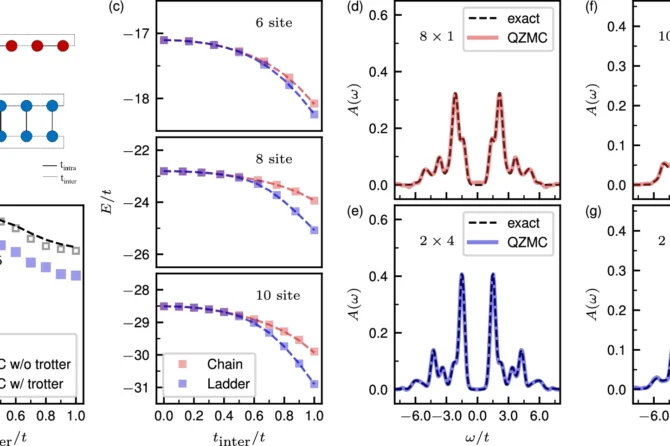Variational quantum eigensolver (VQE) emerged as a first practical algorithm for near-term quantum computers. Its success largely relies on the chosen variational ansatz, corresponding to a quantum circuit that prepares an approximate ground state of a Hamiltonian. Typically, it either aims to achieve high representation accuracy (at the expense of circuit depth), or uses a shallow circuit sacrificing the convergence to the exact ground state energy.
Researchers at ITMO University, St. Petersburg, Russia have proposed the approach which can combine both low depth and improved precision, capitalizing on a genetically-improved ansatz for hardware-efficient VQE.
Their solution, the Multiobjective Genetic Variational Quantum Eigensolver (MoG-VQE), relies on multiobjective Pareto optimization, where topology of the variational ansatz is optimized using the non-dominated sorting genetic algorithm (NSGA-II).
For each circuit topology, they optimized angles of single-qubit rotations using covariance matrix adaptation evolution strategy (CMA-ES) which is a derivative-free approach known to perform well for noisy black-box optimization. Their protocol allows preparing circuits that simultaneously offer high performance in terms of obtained energy precision and the number of two-qubit gates, thus trying to reach Pareto-optimal solutions.
Tested for various molecules (H2, H4, H6, BeH2, LiH), the team observed nearly ten-fold reduction in the two-qubit gate counts as compared to the standard hardware-efficient ansatz. For 12-qubit LiH Hamiltonian this allowed reaching chemical precision already at 12 CNOTs.
Consequently, the algorithm shall lead to significant growth of the ground state fidelity for near-term devices.

